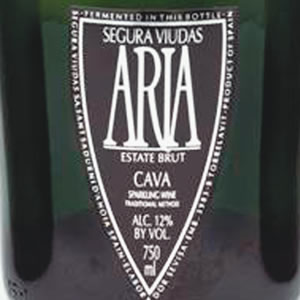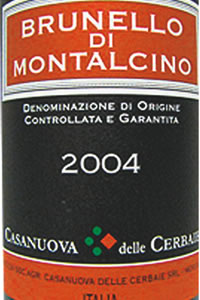A Wine’s Alcohol Content Is A Guesstimate

Lively and refreshing Cava
I recently did a tasting of some of California’s great “cult” Cabernets. And as we tasted through the wines, someone astutely asked how much alcohol was in the wine. I took a gander at the labels and all six of them were labeled at 14.5 percent abv (alcohol by volume). All were made at the same winery but from different vineyards.
Yet a few felt more alcoholic on the palate. You could literally taste it and feel that hot sensation going down into your stomach. I even likened one of them to a “Martini wine,” referencing the same warm feeling of alcohol flowing down my digestive tract.
Now, just because a wine lists a certain percentage of alcohol on the label does-n’t mean it is accurate. The official law given by the U.S. Tax and Trade Bureau states that a wine listed at 14 percent or less alcohol is permitted a 1.5 percentage-point margin of error as long as the actual content does not exceed 14 percent. A wine listing an alcoholic content higher than 14 percent is permitted a 1 percentage-point margin of error as long as the actual content is more than 14 percent. Technically a wine listed at 14.5 percent abv could actually be as much as 15.5 percent alcohol.
In the European Union, alcoholic content on wine “may not be more than 0.8 percent higher or lower than the strength determined by analysis.” And it can only be expressed in whole or half percentages. This is a little more stringent but still allows for a 1.6 percent difference between wines labeled with the same alcoholic content. In the marginal climates of Europe and with the vagaries of vintages, this can be even more distinctive in the character of the wine.
Australia is pretty lenient with a margin of error of 1.5 percent alcohol for still and sparkling wine. So, if you think your Shiraz that lists its alcohol at 14 percent is pretty heavy and alcoholic, it may be because its actual alcoholic content is more like 15.5 percent! Don’t breathe too heavily around any barbies, mate!

Ineffable Italian gusto
I won’t list South America’s or South Africa’s margin of error because it will only add to the confusion. I have to wonder why winemakers are not forced to put the actual alcoholic content on the label. I know that it costs some money to redo labels and have the wine analyzed. But in the day and age we are in, where so many people are thirsty for as much information about what they are putting into their bodies, why not make it plain and clear for the customer?
It would serve wine drinkers well to know whether or not to expect a headache after drinking a couple of glasses of wine. Some might think that they are allergic to wine when the wine just had a really high alcohol level and they drank too much of it. It would also help to explain why some wines seem so much more or less alcoholic in tastings even though the label says they are all the same.
I know it probably won’t happen in my lifetime. The whole wine industry isn’t going to change just for a few drinkers who desperately want to know. So we will just have to trust our palates and feel or smell the relative alcoholic content of a wine. And if you think it’s too high, it probably is.
Recommendations: NV Segura Viudas Aria Brut ($12.99) Really good Cava for a good price. It’s bready, lively, citrus-infused and wonderfully refreshing. A very good buy. 2004 Casa Nuova delle Cerbaie Brunello di Montalcino ($39) I’m not sure you’ll find a better Brunello for the money – dried berries, fall leaves and that ineffable Italian gusto that you always want in Brunello.
You must be logged in to post a comment.




There are no comments
Add yours